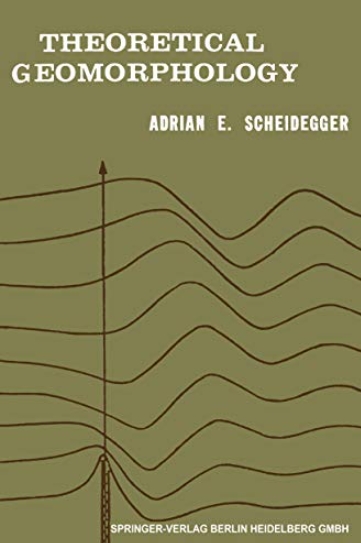Unraveling Mysteries of Landforms: A Look into the World of Theoretical Geomorphology
What is Theoretical Geomorphology?
Theoretical geomorphology is a branch of geology that focuses on developing models and theories to explain the formation and evolution of landforms on Earth. It involves studying the processes that shape the Earth’s surface, such as erosion, deposition, and tectonic activity, and using mathematical and physical principles to understand how these processes interact to create the diverse landscapes we see today.
Mapping the Earth’s Surface
One of the key goals of theoretical geomorphology is to create models that can accurately predict the formation of specific landforms based on known processes and parameters. By developing these models, researchers can gain insight into the complex interplay of factors that shape the Earth’s surface and better understand the forces that have shaped our planet over millions of years.
Reconstructing Earth’s History
Theoretical geomorphology also plays a crucial role in reconstructing the geological history of our planet. By studying the patterns and distribution of landforms, researchers can infer past environmental conditions and geologic events that have shaped the Earth’s surface. This information can help us understand how Earth’s landscape has evolved over time and provide valuable insights into the factors driving these changes.
Predicting Future Changes
In addition to understanding the past, theoretical geomorphology can also help predict future changes to the Earth’s surface. By analyzing current processes and trends, researchers can develop models that project how landscapes may evolve in response to factors such as climate change, tectonic activity, and human impacts. This information is crucial for managing and mitigating the potential impacts of environmental changes on landforms and ecosystems.
Applications in Other Fields
Theoretical geomorphology has applications beyond the field of geology, with researchers in disciplines such as civil engineering, environmental science, and urban planning utilizing geomorphological models to better understand and manage landscapes. By incorporating insights from theoretical geomorphology, these researchers can make informed decisions about infrastructure development, land use planning, and environmental conservation.
In conclusion, theoretical geomorphology plays a vital role in unraveling the mysteries of landforms and understanding the dynamic processes that shape the Earth’s surface. By developing models and theories to explain the formation and evolution of landforms, researchers can gain valuable insights into the past, present, and future of our planet’s landscapes. Through continued research and collaboration, theoretical geomorphology will continue to provide valuable knowledge and resources for addressing some of the most pressing challenges facing our changing world.

